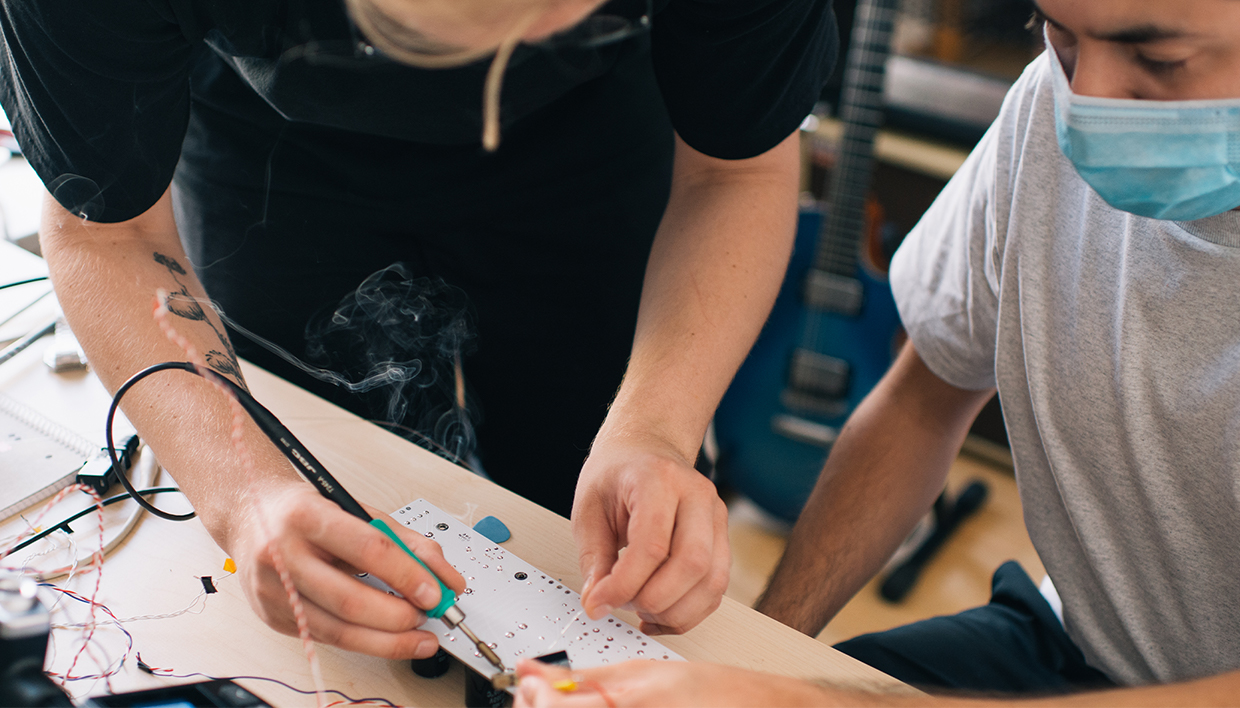I can’t adjust a 5-band EQ in a capture, or pull bright knob, etc.
Well, you could.
It's all a matter of the amp topology the capture would be embedded in.
Tonex is a semi-decent example to start with already, as you can at least chose where to place the EQ. If this concept was vastly expanded (fwiw, something I also wish was available for component modeled amps, but from all I know, only FAS does it), captures would be a vastly more flexible thing to deal with.
You could be given a choice of which "amp environment" the capture would be embedded into. There could be a few pre-made ones and you could have an option to roll your own, too.
As some blunt examples:
Amp environment (1) would be just the typical pre-gain, post BMT and level, done.
Amp environment (2) would be pre-gain and pre-mids, B and T would still be post.
Amp environment (3) would be a double tone stack with pre- and post-BMT stacks.
Amp environment (4) could add an embedded compressor pre or post.
Amp environment (5) could add a boost of some sorts (think of the way FAS does it, with a number of drives being tied to the amp).
Etc.
Would that give you the same tone manipulating experience the original amp would give you? In some cases it might, in many cases it won't, for the very same reasons we all know about. But it'd still make up for an incredible flexible environment. And quite sometimes it'd go vastly beyond what the original amp would allow you to do.
In all these cases, the captures would sort of serve as a basic character kinda thing.
Now, all that is possible with the current capture tech already, but you'd have to deal a lot with additional EQs, compressors and what not to get there. If you could just select from a library of captures and amp "containers", it'd be much easier to get much more flexible results. I'd certainly enjoy something like that a lot.


